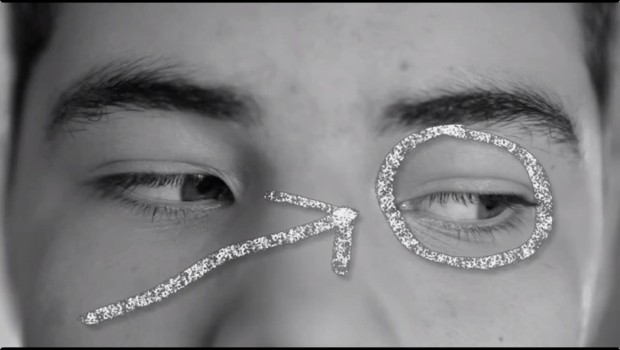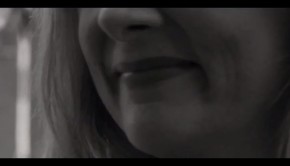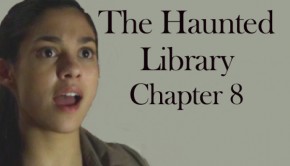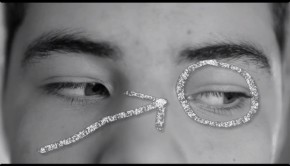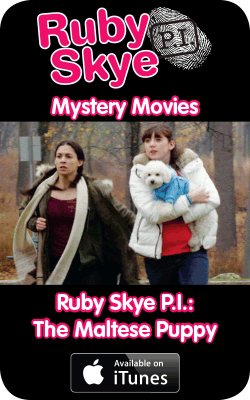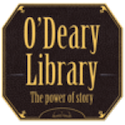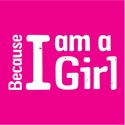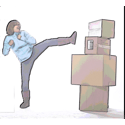How to Read Body Language
Learn to read body language
Actions speak louder than words. And your body speaks volumes.
In fact how people use and move their bodies can tell you more about what they are thinking than their words do. Which is why learning to read body language is an important part of the detective’s toolkit.
And the other cool thing about the language of the body? You can learn to speak it. You can move in such a way that you put people at ease… or scare them.
When it comes to reading body language, you tell if people are lying or telling the truth, if they are shy or confident. You can even tell who is crushing on whom.
Start your reading with the face. Where are the eyes looking? How is the head tilted? What are the lips doing.
Watch hands too and how people stand.
You’ll see you already know quite a lot of body language.
Here are some more tips:
Eye contact
A failure to look someone in the eyes or rapidly shifting eye movements can often be interpreted as trying to hide something or lying. It can also be a sign of shyness or lack of confidence.
Smiling
Smiling can demonstrate confidence, friendliness, and a positive attitude, and also gives the impression that you’re someone that people would want to be around. On the other hand, a ‘nervous’ or ‘false’ smile can demonstrate the opposite.
Attention span
Often you can tell what a person is like by noticing their attention span. For example, if someone quickly loses focus and clearly is not listening then this makes them appear disinterested, bored, and possibly even uncaring — whereas a longer attention span is likely to indicate more interest.
Head shaking or nodding
Frequently, without realizing they are doing it, people nod or shake their head to signal whether they are in agreement or not. You can give your approval to someone just with a nod of the head, and your disapproval either by not nodding or by shaking your head.
Touching
Touching another person during social interaction, if done appropriately, can convey a strong message to them. For example, it can be used in a flirtatious manner to show romantic interest, or can simply be a way of calming or reassuring someone.
Arms folded/legs crossed
This can be seen as a defensive posture or can signal that the conversation is at an end as far as that person is concerned. Sitting tightly folded up indicates that you are closed to communication, as your crossed limbs effectively form a physical barrier to keep other people away from you.
Standing with hands on hips
This demonstrates a readiness to act in a situation, or can even indicate aggression. It is not the most welcoming of gestures and you may often see it displayed by teenagers wishing to show their defiance.

